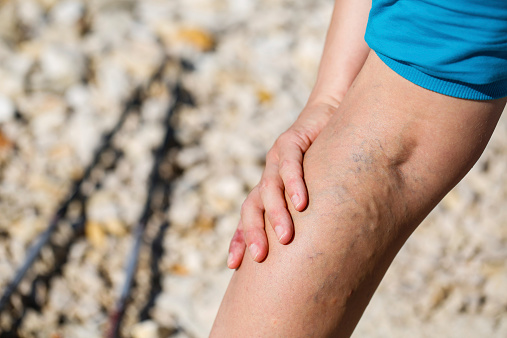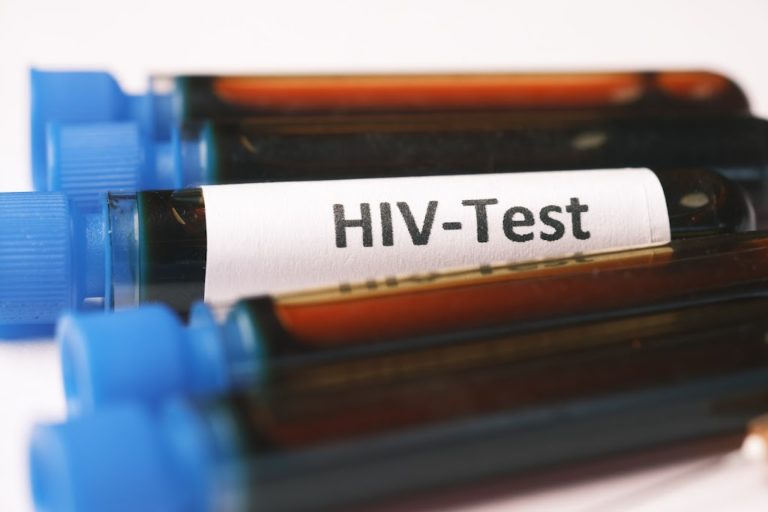DVT is a blood clot that develops in the deep veins of the legs or pelvic area or, on rare occasions, the arms.
It is not usually life threatening but it can become so if a blood clot breaks loose, becoming a pulmonary embolism (PE). Many people in the U.S. die within the first hour after a PE occurs-and up to 200,000 Americans die each year.
Who Is at Risk?
According to the Vascular Dis-ease Foundation, risk factors include a lengthy surgery, pregnancy, being over age 40 and sedentary, cancer, use of birth control pills, hormone replacement therapy, a family history of DVT, and spinal cord or other major injuries.
Smoking also increases the risk of DVT, as does obesity, long-distance travel and inherited clotting conditions. The more risk factors you have, the greater your risk.
Signs and Symptoms of DVT
Only about half the people with DVT have typical symptoms. When symptoms do occur, the most common are swelling of one leg, pain or tenderness, skin that is warm to the touch, fullness of the veins just beneath the skin and change in the color of the leg (bluish or very pale). Symptoms like these can develop slowly or suddenly. If you have these symptoms, contact your doctor immediately.
Signs and Symptoms of Pulmonary Embolism (PE).
The symptoms of pulmonary embolism occur quickly and need prompt medical attention. They include shortness of breath, sharp chest pain (usually occurring with inhalation), a feeling of apprehension or anxiety, sudden collapse, rapid pulse, coughing, sweating, and bloody phlegm.
If you experience any of these symptoms, consult a health care professional immediately.
Anticoagulants or blood thinners such as Coumadin®, heparin or newer heparin derivatives are effective at helping the body clear the DVT and prevent a PE.
“Prevention is the best medicine for DVT or PE,” said Alain Drooz, M.D., president of the Vascular Disease Foundation. “By being active, keeping well hydrated and proactively discussing your risks with your doctor, you may be able to prevent clots from forming and jeopardizing your health.”
Visit Natural Supplements Store Now!
Enter your email address:


